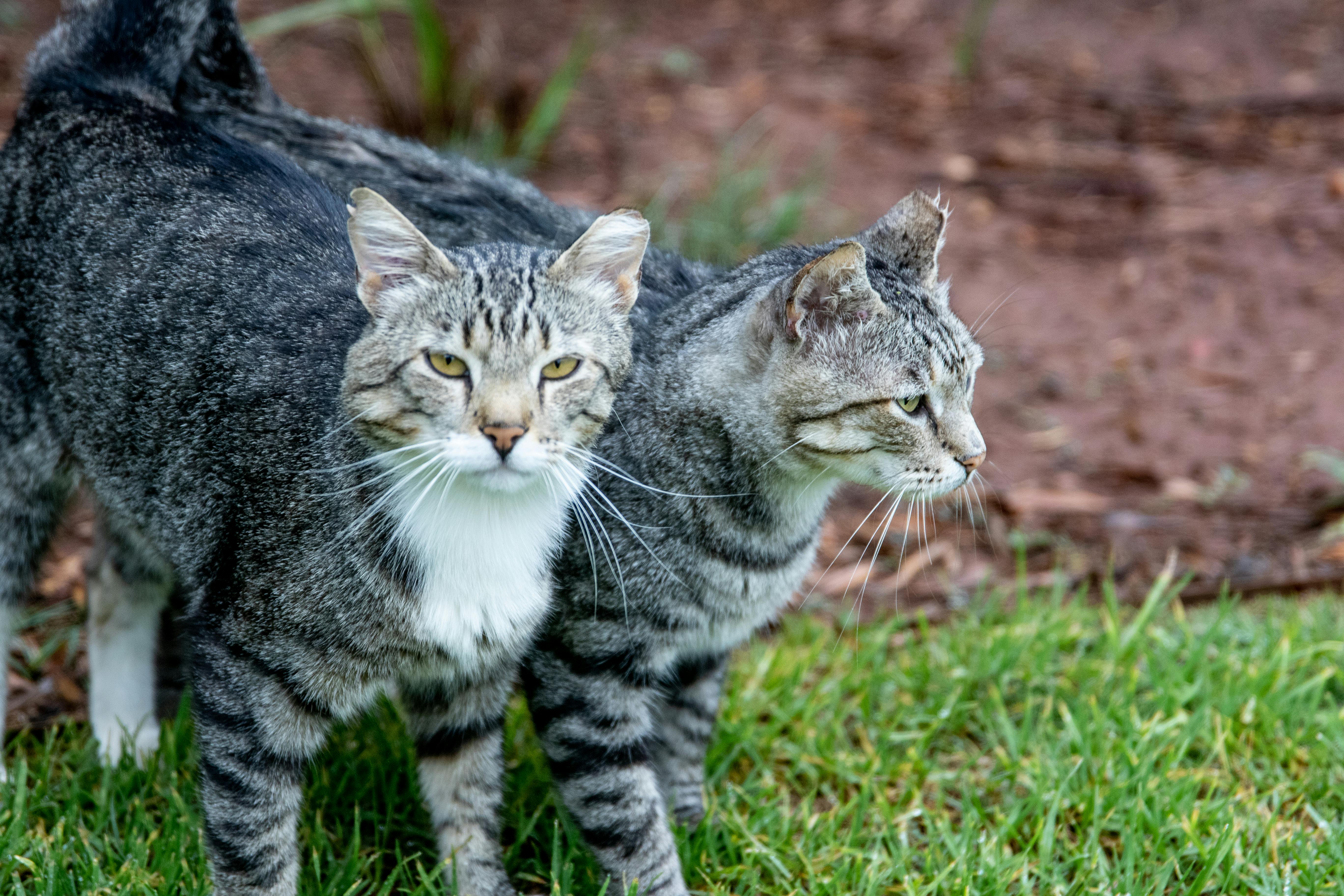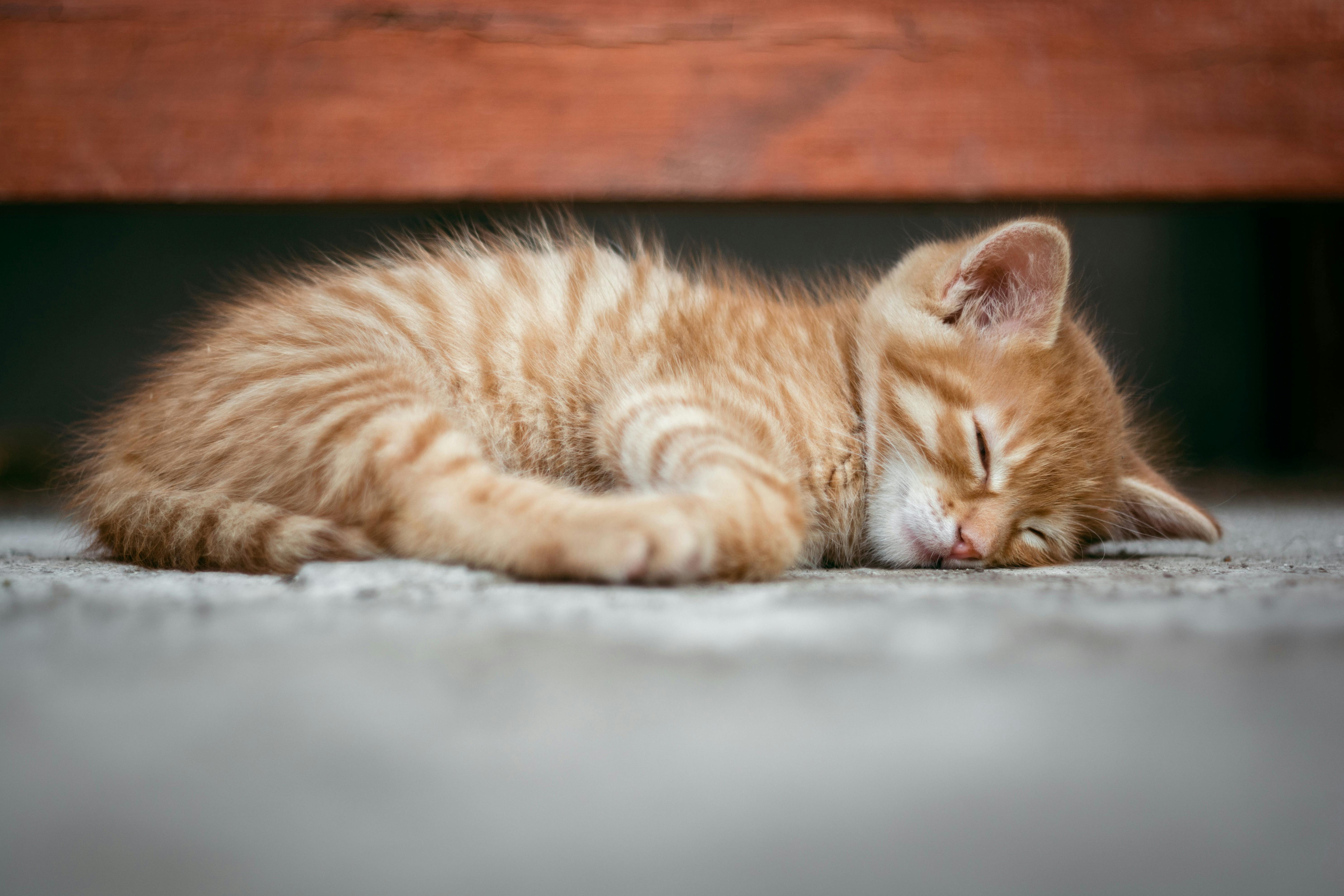Take the most intimidating dog breeds due to their size or reputation, and it ceases to be a problem when they appear in the baby puppy stage. It seems that we are all programmed to love puppies regardless of breed. The disproportionately large paws and forehead that the puppy has not yet grown into along with the silky ears, small belly, sweet puppy breath, and large round eyes clearly trigger the mental recognition of human babies.
Even people who fear or dislike dogs have a softening or melting of their veneer when faced with the innocence of a cute pup. The human species is naturally predisposed to nurture and care for the helpless, especially infants, because for the most part we are a caring species. These nurturing signals trigger a surge of hormones found in mammals that biochemists call oxytocin, which acts as a neurotransmitter in the brain. Oxytocin, best known for its role in labor induction, can influence our ability to bond with others and maintain social relationships, and may be involved in building trust and generosity between people.
Adult animals can trigger the same reaction when visual cues similar to baby characteristics are present, such as large, round baby eyes, pronounced foreheads, and rounded heads. This is why the panda bear is considered “oh so cute”, no matter how big it is. People tend to associate that image with the cute teddy bear we used as security when we were kids, even though we know it would be quite dangerous to enter the environment with an adult panda.
For thousands of years, man has played a role in the appearance of our beloved dogs through breeding selections. Many dog breeds were developed for a working purpose (to retrieve game and raise cattle and sheep), and the characteristics and abilities of dogs reflect those purposes. However, numerous breeds were created for our company and pleasure.
Many of the breeds developed for the purpose of pleasure and companionship seem to possess the most baby-like characteristics that elicit the “awww…so cute” response. An example would be the Bichon Frize or the Cavalier King Charles Spaniel. As fully grown adult canines, they possess soft, baby-like expressions, large, round-eyed puppy features, and the look of innocence that we as people find so appealing.
There is this emotional tendency to want our dogs to remain playful puppies forever, and some breeds help perpetuate the illusion for us. Puppies often make us laugh (until they have an accident on the rug, of course!), and we all recognize that happy laughter makes us feel good.
Puppies are used very frequently in the world of advertising because they are a universal symbol that enchants the most stoic. As long as we remain a human species, our feelings for the pup will always be in a safe and cherished appeal, and that’s a wonderful thing.



